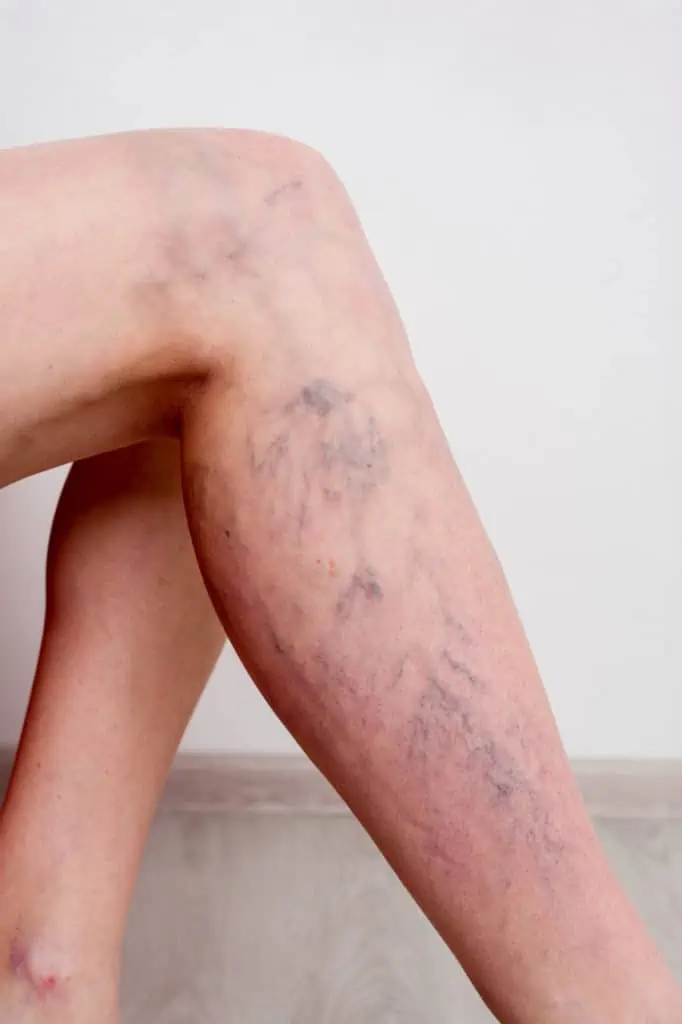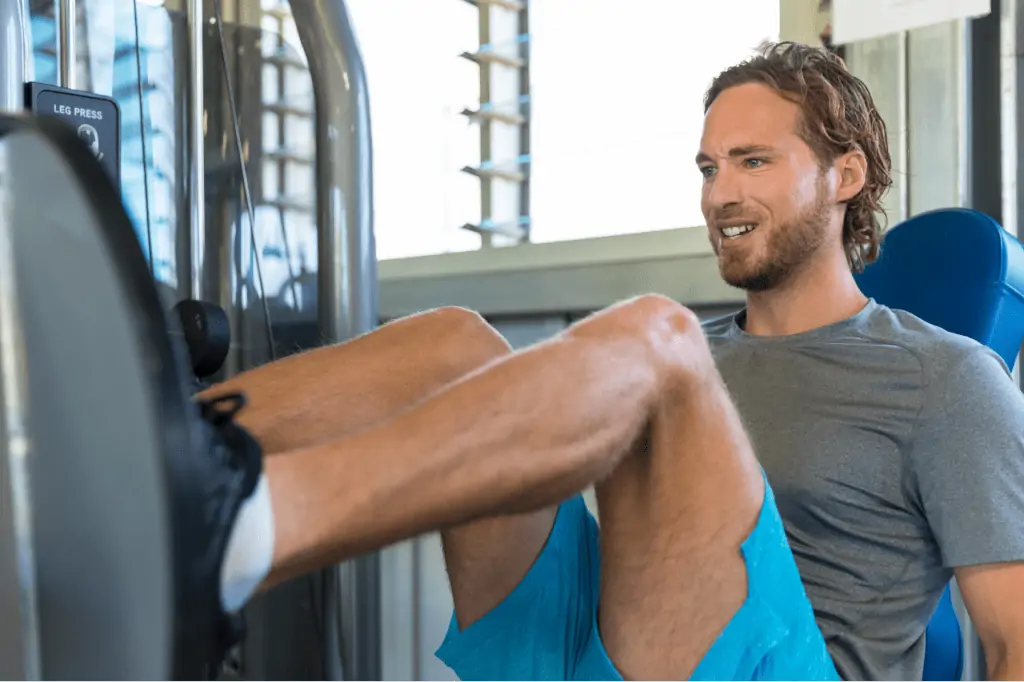Varicose veins are a condition that causes the swelling of veins, especially in the leg because of insufficient blood flow. Lower limb varicose veins are typically found in the calves and inner leg areas.
Approximately 20% of all adults will have varicose veins at some point in their lives. For most of them, the varicose will be superficial veins and manifest in reddish-blue veins under the surface of the skin. However, 3 to 6% of the time, they can be serious and result in much worse complications like veins inflammation, saphenous veins, venous reflux, venous disease and venous thrombosis.
Causes of Lower Limb Varicose Veins

Leg muscles deteriorating and failing to generate proper compression are the primary cause of varicose veins, especially in the lower limbs. This suggests that the veins in your lower limbs are unable to adequately contract to create pressure for the blood to return to the heart. This causes the veins to become engorged with blood, pool there, and expand and protrude outward.
Other primary causes of lower limb varicose include:
- Obesity—Being obese puts extra weight on the legs. This strains leg muscles and can lead to varicose veins.
- Health conditions—Several conditions, including diabetes, cancer, and liver disease, can impair the circulatory system and predispose the patient to lower limb veins.
- Smoking—Nicotine increases blood flow to the limbs and inhibits the veins’ ability to contract at the same time. This increases the risk of varicose veins.
- Age—An advancing age is associated with muscle deterioration and a reduction in the body’s hormone production. This means that the older you grow, the more vulnerable you become to varicose veins.
- Genetics—About 50% of varicose vein patients have a family history of the disease. So there’s a higher possibility of getting them if one or both of your parents did.
- Injury—A cut, bruise, or strain to the leg can cause swelling and bruising of the skin. Additionally, these wounds may create scars that expose the veins.
To diagnose lower limb varicose veins, doctors will rely on an accurate description of the signs and symptoms. Here are some to watch out for.
Signs and Symptoms of Lower Limb Varicose Veins
The signs are visible, but sometimes, there may be discomfort or pain. Lower limb varicose veins are characterized by:
- Tense and palpable veins in the lower limbs from the calf area to the feet and sometimes the shin.
- Hyperpigmentation around the ankle area although it is manifested in advanced cases of lower limb varicose.
- Cramps
- Itchiness and burning sensation in the lower leg area.
- Skin changes i.e., Eczema, pigmentation, or induration
- Painful and superficial ulcers even with minimal trauma to the affected area
Lower limb varicose veins may also result from blocked deeper veins and thus increased blood flow in the superficial veins. The diagnosis methods discussed below include the diagnosis of deeper veins to ensure that they are functional too. We do not limit lower limb varicose veins diagnosis to the superficial veins to make sure the diagnosis is comprehensive.
DIAGNOSIS OF LOWER LIMB VARICOSE VEINS.
Physical Examination
The diagnosis is predominated by physical examinations and tests. The patient undergoes a thorough physical examination because the symptoms may not be visible to the naked eye sometimes.
Functional Tests
These tests are less popular, but we routinely applied them to test the functionality of the vascular system. Some, like the Schwartz test and the Trendelenburg, may be popular compared to the others because they are relatively cheap.
Schwartz test
The patient is kept in a standing position and the doctor massages the varicose vein with his fingertip to test the varicosity of the vein. The test shows the functionality of valves.
Trendelenburg test
The Trendelenburg test compares how fast veins fill up before and after the release of the thigh tourniquet—a device used to restrict blood flow. This used to be a common test, but the advancement of Duplex ultrasonography means that it is no longer the go-to for most doctors.
Duplex-Doppler test.
The doctor will at the very least suggest a venous Doppler ultrasound of the leg to diagnose varicose veins. Doppler ultrasonography is a non-invasive procedure that employs sound waves to examine blood flow through vein valves. Doctors use it to determine blood flow and the direction of the flow in superficial vessels.
The diagnosing tests are, however, not limited to the above. They also include function assessment tests that supplement the physical tests. They include
● X-ray examinations ● Ultrasound imaging ● Thermography ● Capillaroscopy ● Angioscopy
Early Diagnosis of Lower Limb Varicose Reduces The Chances of Other Infections
Roughly 10% of all varicose patients go on to develop skin issues like dermatitis or pigmentation, and a further 3% will experience venous ulcers or other risk factors. So, even if found with lower limb varicose, an early diagnosis will prevent the likelihood of other possible conditions like deep venous thrombosis, thrombophlebitis, bleeding, skin changes, or leg ulcers that may arise from advanced varicose veins.
You should note that varicose veins may pop up even after treatment. This means that you should go for regular treatment and checkups if you are at risk, have risk factors, or have had lower limb varicose veins in the past.
Have you noticed any of the signs and symptoms, or do you feel at risk of lower limb varicose veins? Early detection of your lower leg varicose at East Bay Vein Specialists will help you avoid developing further health issues. Contact us today if you wish to discuss your options or if you need medical help with your issues.
SOURCES:
https://www.chicagoveininstitute.com/varicose-vein-statistics/
https://www.ncbi.nlm.nih.gov/books/NBK279247/
https://www.chicagoveininstitute.com/varicose-vein-statistics/
https://www.bmj.com/bmj/section-pdf/724779?path=/bmj/347/7918/Practice.full.pdf



